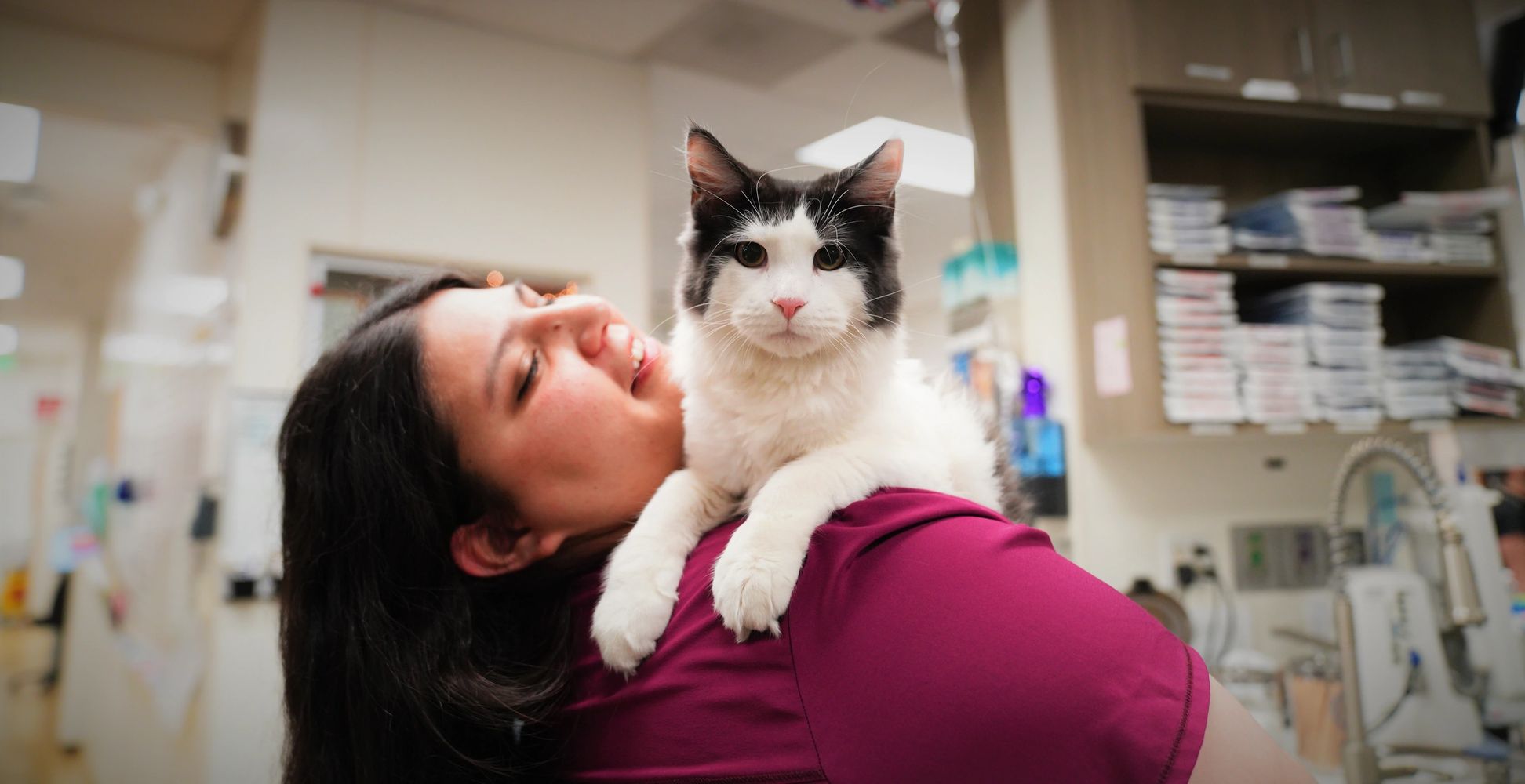
You can read the following to find out more about CPT code 81220, which is used for common genetic tests. Then learn more about the Interpretation and Reporting requirements. This article also discusses the Training requirements. It will give a good overview of the test. Keep reading to find out more! Listed below are some things to keep in mind when performing these tests. These tests can be confusing. This article will help you understand their importance.
CPT code: 81220
Medicare covers genetic testing using a "Tier 1" set of CPT codes. While it's not perfect, this is enough to give the insurance company a clear picture of what you purchased. For example, CPT code 81220 covers a genetic test that detects common variants of cystic fibrosis. CPT codes up to the next level are classified by complexity. Medicare pays less money for these tests.
In the past, payors have paid for many of these tests without knowing their clinical value, making comparisons between them difficult to make. However, the current state of medical genetics has changed. Medicare, as well as commercial payers, knows what genetic tests can be used to diagnose a specific condition. They will reimburse genetic tests that have clinical utility. That way, they will know whether a test is useful for improving patient outcomes.

Reporting requirements
The reporting requirements for diagnostic genetic tests are a common topic of discussion among medical professionals. These documents include the results of genomic tests and should be correctly interpreted to ensure patient safety and proper use. Genetic testing is an evolving field that can provide complex interpretations. Reports must reflect the clinical and familial contexts. Below are some examples illustrating the reporting requirements for common genetic tests. These recommendations may be helpful to you as well. These guidelines can help ensure that a high-quality genomic test is performed for patients.
o Biochemical genetic testing results must be reported clearly. This will allow you to distinguish between normal and unusual findings. For example, if a single analyte has an abnormality, a report should include the value and reference range for the test. The enzyme assay results include the activity and comparisons of the controls with the patient's sample. In these cases, the failure to detect metabolic activity does not necessarily rule a diagnosis of intermittent disorder or irregular excretion.
Interpretation of test result
Respondents were asked to identify the most common pitfalls in the interpretation of genetic test results. As the most frequent types of misunderstanding, respondents highlighted misclassification and misinterpretation as benign or pathogenic mutations. The lack of genetic counseling and unclear test reports are other common pitfalls. This article will cover three of the most common problems and offer ways to avoid them.
Although misinterpretation is commonly attributed to providers, it is important that people understand the importance and role of external communication in preventing misinterpretation. Cases three and 10 highlight the problem of unclear wording in reports. The report for a PCSK9 test described a loss of function variant as related to familial hypercholesterolemia, but failed to state that only gain-function variants were associated with FH. The non-genetics provider interpreted the test as a diagnostic for FH.

Training requirements
Patients often ask doctors questions about the training requirements for common genetic tests. One of their main concerns is how to make the test accurate. Genetic tests usually require informed consent. This means that the person who is undergoing the test must sign a document acknowledging that they are aware of the risks and benefits. While this is the most common type of genetic test, not all laboratories perform it with the same standards. A physician may want to consult a geneticist to understand the specifics of a genetic test before ordering it.
The practice of genetic screening has a number of critics. Some critics argue it is unfair because the test doesn't assess an individual's knowledge and skills. In some cases, knowledge and skills are even more important than genetic characteristics. These fixed traits are not controllable and do not contribute to job capabilities. Genetic testing might be a good idea in this situation, but it may not work for everyone.
FAQ
What is a healthy system?
Health systems include all aspects related to care, from prevention and rehabilitation to everything in-between. It includes hospitals, pharmacies and community services.
Health systems are complex adaptive systems. They have emergent properties which cannot always be predicted by looking at individual components.
The complexity of health systems makes them difficult to understand and manage. This is where creativity steps in.
Creativity is the key to solving problems we don’t understand. Our imaginations are used to invent new ideas and improve things.
People who think creatively are essential for health systems because they are always changing.
Creative thinkers can make a difference in the way that health systems work.
What are the primary goals of a health care system?
The three most important goals of any healthcare system should be to provide affordable healthcare for patients, improve outcomes, and decrease costs.
These goals have been combined into a framework called Triple Aim. It is based in part on Institute of Healthcare Improvement's (IHI) research. This was published by IHI in 2008.
This framework is meant to show that if we concentrate on all three goals together, then we can improve each goal without compromising the other.
They don't compete against each other. They support one another.
A better access to care can mean fewer deaths due to inability to pay. This lowers the overall cost for care.
Improving the quality of care also helps us achieve the first aim - providing care for patients at an acceptable cost. And it improves outcomes.
What does the "health care” term mean?
Providers of health care are those who provide services to maintain good mental and physical health.
What does "health promotion" mean?
Health promotion means helping people to stay well and live longer. This promotes health rather than treating existing diseases.
It also includes:
-
Right eating
-
getting enough sleep
-
exercising regularly
-
Staying active is key to staying fit
-
Not to smoke
-
managing stress
-
Keeping up with vaccinations
-
How to avoid alcohol abuse
-
Regular screenings, checkups, and exams
-
learning how to cope with chronic illnesses.
What is the difference of a doctor and physician?
A doctor is someone who has completed their training and are licensed to practice medicine. A physician is a specialist in one type of medicine.
Statistics
- About 14 percent of Americans have chronic kidney disease. (rasmussen.edu)
- For instance, Chinese hospital charges tend toward 50% for drugs, another major percentage for equipment, and a small percentage for healthcare professional fees. (en.wikipedia.org)
- Price Increases, Aging Push Sector To 20 Percent Of Economy". (en.wikipedia.org)
- The health share of the Gross domestic product (GDP) is expected to continue its upward trend, reaching 19.9 percent of GDP by 2025. (en.wikipedia.org)
- Over the first twenty-five years of this transformation, government contributions to healthcare expenditures have dropped from 36% to 15%, with the burden of managing this decrease falling largely on patients. (en.wikipedia.org)
External Links
How To
What are the main segments of the Healthcare Industry industry?
The major segments of the healthcare sector include diagnostics, pharmaceuticals, diagnostics and biotechnology, as well as therapeutics, health IT, medical equipment and medical devices.
Medical devices include blood pressure monitors, defibrillators, stethoscopes, ultrasound machines, etc. These products are used to diagnose and prevent or treat disease.
Pharmaceuticals are medicines that are prescribed to cure disease or relieve symptoms. Antibiotics, antihistamines (or contraceptives), are just a few examples.
Diagnostics are laboratory tests used to detect illness and injury. Some examples include blood tests and urine samples.
Biotechnology refers essentially to the use of living organisms (such bacterium) to create useful substances which can be used by humans. These include insulin, vaccines and enzymes.
Therapeutics are the treatment of diseases and symptoms that is administered to people to relieve them. They may include drugs, radiation therapy, or surgical interventions.
The computer software programs called health information technology help doctors and their teams to manage patient records. It helps them track which medications are being taken, when they should be taken, and whether they are working properly.
Anything used to diagnose or treat illnesses and conditions, such as diabetes, is medical equipment. Dialysis machines, pacemakers and ventilators are just a few examples.